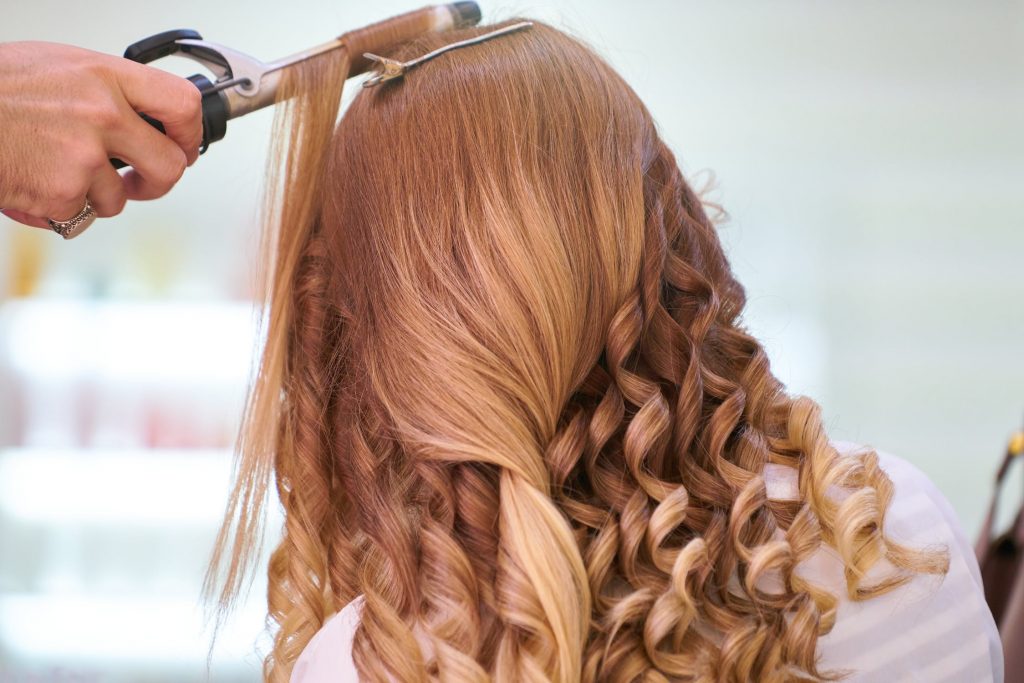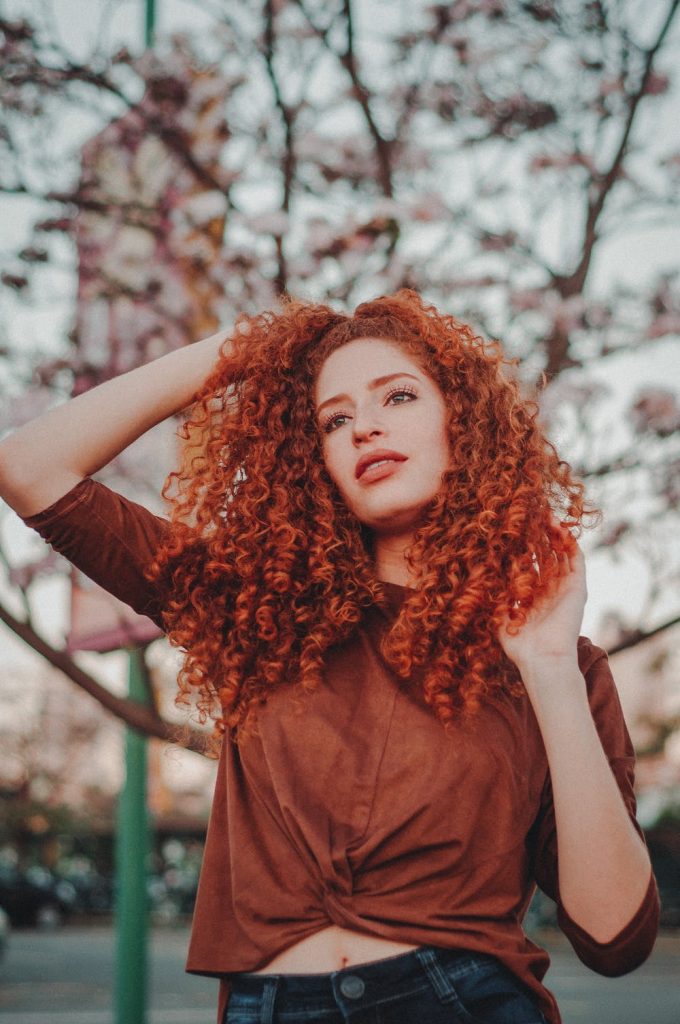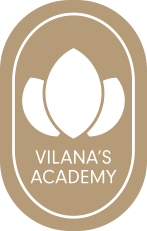HAIR STRUCTURE
Hair is the most important and most noticeable part of our appearance, it shows the highlights and the unique style of every individual. Our hair not only protects parts of the human body, but it adds charm and fascinates others, that is why it is important to look after your hair. It is essential to know your hair structure in order to give it the appropriate care needed. Otherwise our hair can lose it’s charm and the saying ‘bad hair day’ could become just simply a bad day!

Your hair has it’s own character and needs, you must understand this in order to choose the right care products.
Hair is a very interesting phenomenon. Although hair itself is thin, the structure is rather complicated. The part of our hair above the skin is called the hair stem, the part under the skin is called the follicle. Hair is growing from the follicles (bag-shaped cell structures) that are based under the skin. Inside the follicle is the hair root that is responsible for the formation and growth of the hair and by using the necessary elements such as amino acids, minerals and vitamins it supplies tiny blood vessels, while the sebaceous gland that opens into the follicle lubricates the hair with natural grease – sebum that moisturises and maintains the acidic medium on the scalp and protects against microorganisms.
Hair is made up of proteins, lipids, water, trace elements and pigments. Hair stem has three main parts.
- The Cuticle – this is a strong external protective layer of your hair, that looks like flakes stacked on top of each other. Healthy cuticle reduces the movement of moisture to and from the lower bark, keeping hydration, balance and elasticity in the hair. This layer is responsible for the healthy appearance of the hair. If the cuticle is damaged some cells can start to thin or even tear. Hair becomes rough and uneven, begins to wilt and it loses the colour and shine because uneven surfaces cannot reflect the light evenly. These are the most damaging factors to your hair: carelessly picked hair care products, rough hair brushing, colouring, hot styling equipment, UV rays and other harmful external factors. Because the hair stem is not alive, it cannot recover on its own. In order to have healthy hair you need to wait for the appearance of new hair or use the right treatments.
- The Cortex – this is the main, thickest part of the hair stem, made up of long keratin chains. These cells are connected with intercellular material, that is rich in lipids and proteins. The health of the cortex mainly depends on how even the cuticle is. This layer is responsible for many properties of the hair, such as moist, elasticity, softness and resistance. The cortex contains melanin – the pigment responsible for the natural colour of our hair.
- The Medulla – this is a soft, central hair cavity, made of the cells that look like air bubbles. These are not in all the hair and have very little meaning to the physical and chemical properties of the hair.

Hair is a dead substance of protein called hard keratin. Located in the base of the follicle, roots are the only living part of the hair. The scalp, unlike the other parts of the body, is full of special epidermal cells. These cells form the hair follicles that are capable of growing long hair. The hair follicle is constantly nourished by blood vessels, supplementing it will hormones, which determine the structure and growth of hair at different ages.
HAIR TYPES BY STRUCTURE
Hair structure is defined by the size and form of follicles, which depends on the rase and genetics.
- Thick hair is strong, looks heavy and volumised. It is harder to establish a wave or curl in thicker hair, this is due to the weight it goes back to its natural shape very quickly. To colour thicker hair you need more intense hair dye to penetrate the hair. Colouring and bleaching do not not have the same effect on thicker hair structure, it always looks healthy.
- Medium thickness hair is the most obedient, it is the easiest to style and most pleasant to look after. It is the most common hair type in European women. Most of the hair styles for this type of hair look great. The hair is easy to colour to your desired choice as well as being easy to curl or straighten.
- Thin hair normally disappoints because of the lack of volume. Even if the hair is dense, it doesn’t look like it due to the thin hair structure. It is more fragile and prone to split ends, therefore, moisturising it with special cosmetic products is vital. Experts recommend avoiding dryers and straighteners and any other heating device that could possibly harm the hair. This type of hair is easy to colour, however, can look very fragile.
HAIR TYPES BY SHAPE
Hair care products can be made by the type of the hair. It depends on the ingredients used. Types of hair by shape can include:
Straight hair falls straight without forming any waves. Thanks to the smooth surface it reflects light and shines beautifully.

Wavy hair has light waves that are free and soft. It is easy to shape – straighten or curl.

Curly hair forms tight spirals. It is difficult to ‘tame’ because the hair of this shape easily returns to its natural shape after combing.

For both women and men who are conscious of their appearance, thick and strong hair is a daily dream. However, for hair to be healthy, shiny and beautiful, it needs to be cared for .
Hair care includes not only washing, combing and cutting, we need to take into account the different needs of hair as well as general health and hygiene measures and procedures for the care of our scalp.
Remember healthy hair roots = healthy hair!
